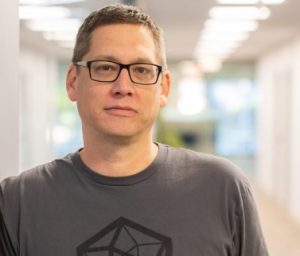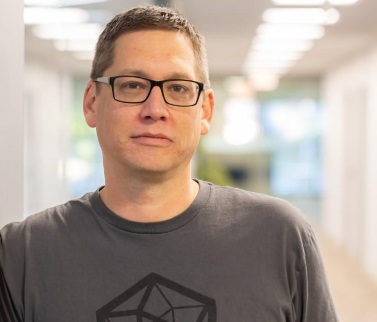Podcast: Play in new window | Download | Embed
Rick talks with Ophir Gaathon of Dust Identity.
Under the NCAA name, image and likeness (NIL) policy, among other benefits, college athletes are able to profit from signing autographs and essentially selling their jerseys and wares as collectibles. Having products of college athletes on the market in season ramps up excitement and growth of the industry. But the NIL also presents inherent challenges including the need for athletes to know which jerseys, helmets, and so on are theirs and which autographed wares are authentic and not knock-offs. For the individual athlete, there are not a lot of good options out there for authenticating their own products and protecting their investment.
At DUST Identity, the answer to this challenge is small — nanoparticle small. Using engineered diamond particles embedded in high-performance polymers, DUST gives physical “things” — products, parts, and packaging — an unclonable fingerprint to offer full tracking, indisputable authentication, tamper-free validation, and data transparency throughout the object’s entire lifecycle. Compared to existing identification methods, DUST is more cost efficient at less than $0.01 to apply at scale.
Ophir Gaathon – Chief Executive Officer
Ophir Gaathon is a supply chain security expert who has a deep understanding of the complex security challenges associated with global value chains. In his current role as CEO, he is responsible for the company’s overall vision and strategy, product commercialization, and overseeing technology and R&D initiatives. Prior to launching DUST Identity in 2018, Ophir was the CEO and founder of Diamond Nanotechnologies for seven years, where he developed the underlying technology for DUST with his cofounders. Prior to that, he was a Research Affiliate for the Synthetic Neurobiology Group in the MIT Media Lab for 3 years and served as a Postdoctoral Research Scientist at the MIT Research Laboratory of Electronics’ Quantum Photonics Lab in 2013. He received his Ph.D. in Applied Physics from Columbia University and B.S. in Electrical and Electronics Engineering at NYU Polytechnic School of Engineering. He has led research projects at MIT and Columbia, and he holds several patents.

